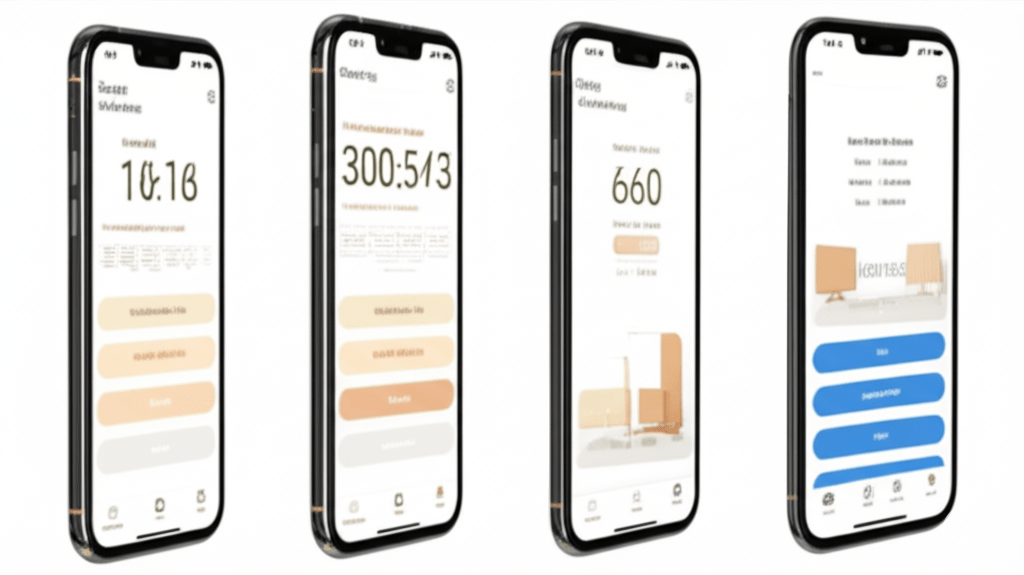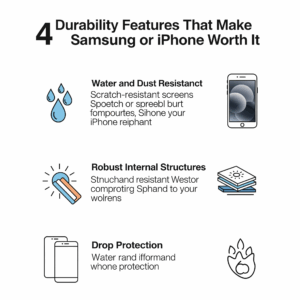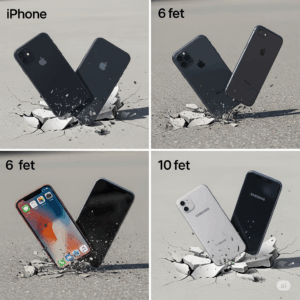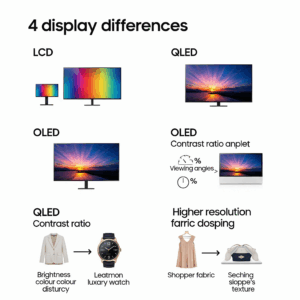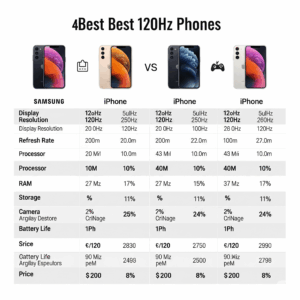In 2025, the Always-On Display (AOD) has become a must-have feature for premium smartphones. Both Apple’s iPhone and Samsung’s Galaxy line now offer advanced AOD technology, but they approach it very differently—affecting how users interact with their phones throughout the day.
For Shopify eCommerce merchants, especially those in tech accessories or personalization, understanding the nuances of AOD can help tailor product offerings and improve customer experience on mobile.
Here are 4 essential Always-On Display facts comparing iPhone vs. Galaxy—and what they mean for your Shopify store.
1. Design Philosophy: Minimalism vs. Customization
iPhone AOD (available on iPhone 14 Pro and newer) takes a minimalist approach, showing dimmed versions of the lock screen with widgets, notifications, and a muted background. Apple prioritizes elegance and simplicity.
Samsung Galaxy AOD, in contrast, is highly customizable. Users can choose analog/digital clocks, GIFs, images, calendars, and even interactive widgets. It’s designed for personal expression.
Shopify tip: If you sell lock screen wallpapers, clock faces, or widget packs, offer separate versions tailored to each OS’s AOD functionality. Shopify makes it easy to sell digital downloads.
2. Power Consumption & Battery Life
Apple’s AOD uses LTPO OLED panels and advanced power management to limit refresh rates to as low as 1Hz, reducing battery drain. However, many users still turn it off for extra savings.
Samsung’s AOD also uses LTPO AMOLED but allows more frequent animation and interactivity, which can lead to slightly higher battery usage, especially with animated elements.
Shopify insight: If you sell battery cases, chargers, or power banks, position them as ideal for users who keep AOD on all day—especially Android power users. List and segment by device type with Shopify’s variant system.
3. Information Accessibility
iPhone displays notifications, widgets, and calendar events discreetly, maintaining privacy through Face ID awareness. If you walk away, the screen dims further or turns off.
Samsung gives users more control over what’s shown, including music controls, reminders, weather, and messages. The Galaxy AOD acts almost like a mini dashboard.
For Shopify store owners, knowing how customers interact with AOD helps when designing mobile popups or in-app messages—ensuring they complement rather than overwhelm the user’s screen.
4. Personalization Ecosystem
Apple limits AOD customization, but recent iOS updates allow for some third-party lock screen widgets—especially for productivity and wellness apps.
Samsung’s AOD is part of its broader One UI personalization suite, making it a powerful canvas for themes, icon packs, and even branded content.
Selling digital assets like themes or wallpapers? Build collections specific to Galaxy AOD users and offer iOS-compatible minimal widget sets for iPhone owners. Shopify supports digital product delivery and personalization.
Final Thoughts: Know Your AOD Audience
The Always-On Display is more than a background feature—it’s a daily touchpoint between the user and their device. iPhone users value subtlety and integration, while Galaxy fans enjoy customization and utility.
For Shopify merchants, this means:
Create product descriptions that mention AOD compatibility (especially for cases or screen protectors).
Offer digital goods that enhance AOD visuals or functionality.
Segment marketing by iPhone vs. Galaxy user behavior.
Want to turn screen real estate into sales conversions? Start your AOD-friendly Shopify store today and build a mobile experience that works around the clock.
